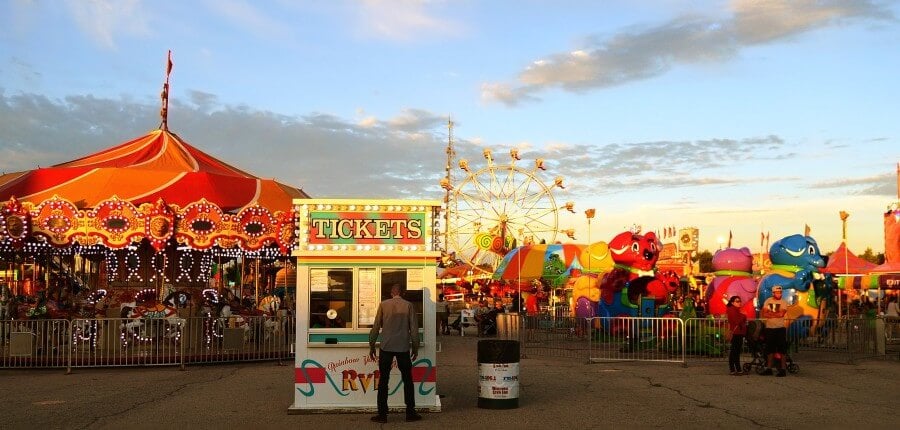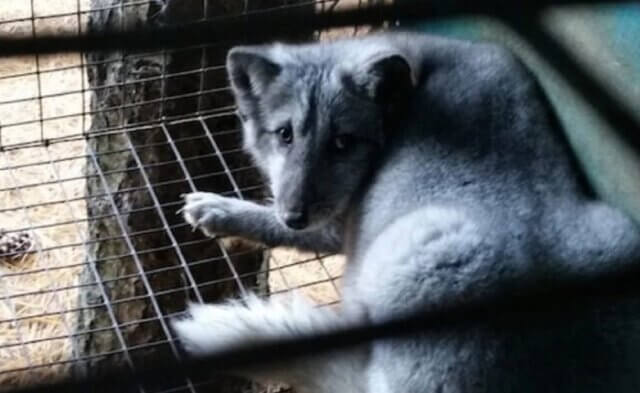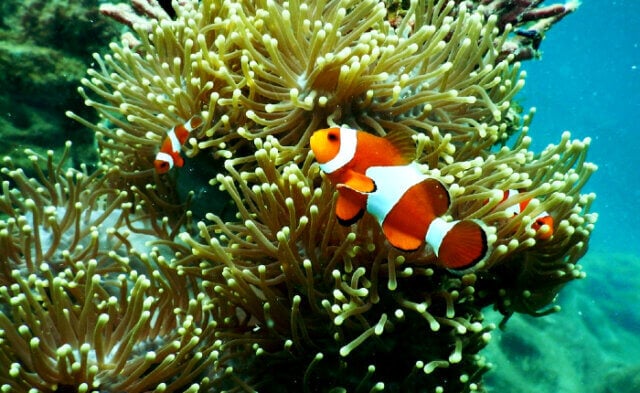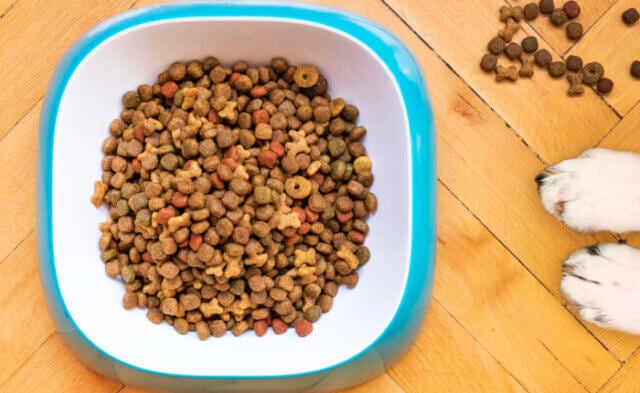Right about now, the state and county fair season would normally be in full swing. For the elephants and camels who are forced to plod in endless circles; the tiger cubs torn from their mothers to be used as profitable photo props; and the cows, rabbits, chickens and other animals hauled around for 4-H and other “AG” displays, the coronavirus crisis has been a welcome reprieve.
From April through September, big cats, elephants, monkeys, kangaroos – basically every animal from alligators to zebras – are trucked around the country from one fair to the next. Day after day, animals spend their time caged or chained in stifling tractor-trailers or in cramped cages and display pens. After being poked, prodded, petted, raced, ridden and roughly handled by countless fair-goers in one location, the animals are loaded up to start the cycle all over again in another city. Fair-goers come for the day then go home, but for the animals, every miserable day is the same as the one before.
Animals who naturally shun human contact are repeatedly forced to interact with the public. Weeks-old tiger cubs will never see their mother again or learn from her what it means to be a tiger. Elephants are whacked with bullhooks – heavy batons with a sharp steel hook on the end – to keep them in line. Bright, inquisitive bears become caricatures of their true selves when forced to perform headstands on command. At least one exhibitor even takes sea lions around the country. These ocean dwellers couldn’t be in a more alien environment.
But it’s not just exotic species that suffer. Goldfish given away as prizes are more likely to end up flushed down the toilet than cherished. Ponies on turnstiles are so spent that they plod along on autopilot. Smart, sociable pigs may go unfed so that they’ll “race” for cookies.
Then there are the doomed animals in 4-H and Future Farmers of America programs, who are destined for one of two fates: sold at auction for slaughter or to be used as breeders. What does it say about society’s mindset when children are encouraged to participate in a program that ultimately means death for an animal they’ve befriended and whose trust they actively tried to win?
Many of these displays also put human health at risk. We know that the coronavirus originated in animals then jumped to humans. Multiple bacterial, viral and parasitic agents have been associated with animal contact, including salmonella, ringworm, campylobacter and rabies. Countless children and adults alike have been sickened with E. coli after even casual animal contact. The bacteria have been found on railings and bleachers and even in sawdust. Toddlers can transfer germs from their fingers onto their sippy cups or pacifiers or by sucking their thumbs. And like the coronavirus, E. coli can remain in the environment for extended periods of time. Hand sanitizer does nothing to prevent the spread of the germ via inhalation.
If the coronavirus crisis has taught us anything, it’s that traditions can and sometimes must change. Going forward, that mindset should also apply to the fair as we know it. It’s high time that cruel animal displays gave way to fresh and innovative exhibits that appeal to a generation concerned about animals and our planet.





